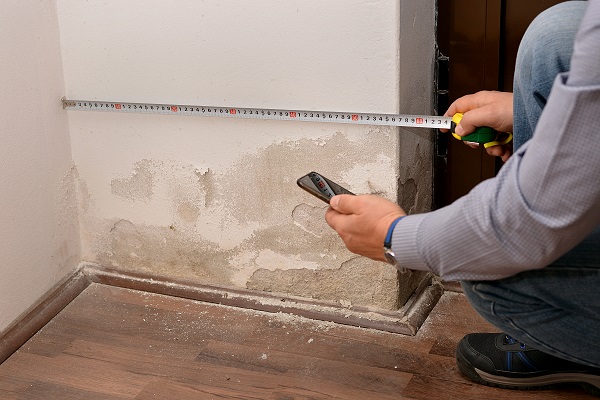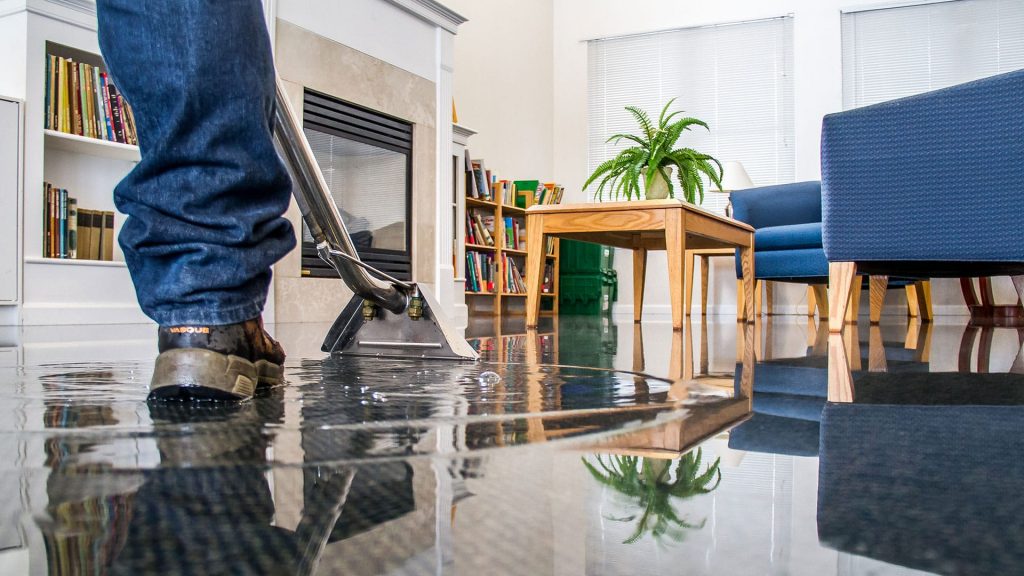6 Water Damage Reconstruction Do's and also Don'ts.
6 Water Damage Reconstruction Do's and also Don'ts.
Blog Article
Every person may have their own way of thinking about Preventing Fires and Water Damage In Your Home.

Water offers life, water invasion on parts where it's not expected to be can result in damage. Residences with water damages odor old and moldy.
Water can originate from many sources such as hurricanes, floods, burst pipelines, leaks, and sewer concerns. In case you experience water damages, it would be good to know some safety and security preventative measures. Right here are a few standards on exactly how to deal with water damages.
Do Prioritize House Insurance Insurance Coverage
Water damage from flood because of heavy winds is seasonal. Nonetheless, you can also experience an abrupt flood when a malfunctioning pipe unexpectedly bursts right into your home. It would be best to have house insurance policy that covers both acts of God such as natural disasters, as well as emergencies like broken plumbing.
Don't Fail To Remember to Shut Off Energies
In case of a calamity, specifically if you stay in a flood-prone location, it would certainly be suggested to switch off the major electric circuit. This cuts off power to your whole house, preventing electric shocks when water is available in as it is a conductor. Do not fail to remember to turn off the primary water line valve. When floodwaters are high, furnishings will certainly move around and also create damage. Having the primary shutoff shut off protects against additional damages.
Do Stay Proactive as well as Heed Climate Alerts
Storm floodings can be really unpredictable. If there is a history of flooding in your community, remain prepared and proactive. Pay attention to discharge warnings if you live near a creek, river, or lake. Obtain valuables from the ground floor and cellar, after that put them on the highest feasible degree. Doing so minimizes possible residential or commercial property damages.
Do Not Overlook the Roof
You can stay clear of rainfall damage if there are no holes and leakages in your roofing. This will prevent water from moving down your wall surfaces and saturating your ceiling.
Do Pay Attention to Tiny Leaks
A ruptured pipeline does not happen overnight. You may discover gurgling paint, peeling off wallpaper, water streaks, water stains, or leaking noises behind the wall surfaces. Have your plumbing repaired before it results in large damages.
Don't Panic in Case of a Burst Pipe
When it comes to water damage, timing is key. Thus, if a pipe ruptureds in your residence, quickly closed off your major water shutoff to cut off the source. Call a trusted water damage restoration professional for help.
Water provides life, water intrusion on components where it's not intended to be can result in damages. Houses with water damage scent old as well as moldy.
Water damage from flooding dues to hefty winds is seasonal. You may see bubbling paint, peeling off wallpaper, water streaks, water discolorations, or leaking sounds behind the wall surfaces. When it comes to water damage, timing is crucial.
Some Do's & Don't When Dealing with a Water Damage
DO:
Make sure the water source has been eliminated. Contact a plumber if needed. Turn off circuit breakers supplying electricity to wet areas and unplug any electronics that are on wet carpet or surfaces Remove small furniture items Remove as much excess water as possible by mopping or blotting; Use WHITE towels to blot wet carpeting Wipe water from wooden furniture after removing anything on it Remove and prop up wet upholstery cushions for even drying (check for any bleeding) Pin up curtains or furniture skirts if needed Place aluminum foil, saucers or wood blocks between furniture legs and wet carpet Turn on air conditioning for maximum drying in winter and open windows in the summer Open any drawers and cabinets affected for complete drying but do not force them open Remove any valuable art objects or paintings to a safe, dry place Open any suitcases or luggage that may have been affected to dry, preferably in sunlight Hang any fur or leather goods to dry at room temperature Punch small holes in sagging ceilings to relieve trapped water (don't forget to place pans beneath!); however, if the ceiling is sagging extremely low, stay out of the room and we'll take care of it DO NOT:
Leave wet fabrics in place; dry them as soon as possible Leave books, magazines or any other colored items on wet carpets or floor Use your household vacuum to remove water Use TV's or other electronics/appliances while standing on wet carpets or floors; especially not on wet concrete floors Turn on ceiling fixtures if the ceiling is wet Turn your heat up, unless instructed otherwise

We hope you enjoyed our article about Preventing Fires and Water Damage In Your Home. Thank you so much for taking time to read through our blog. Remember to set aside a second to distribute this page if you enjoyed reading it. Thank you so much for going through it.
Report this page